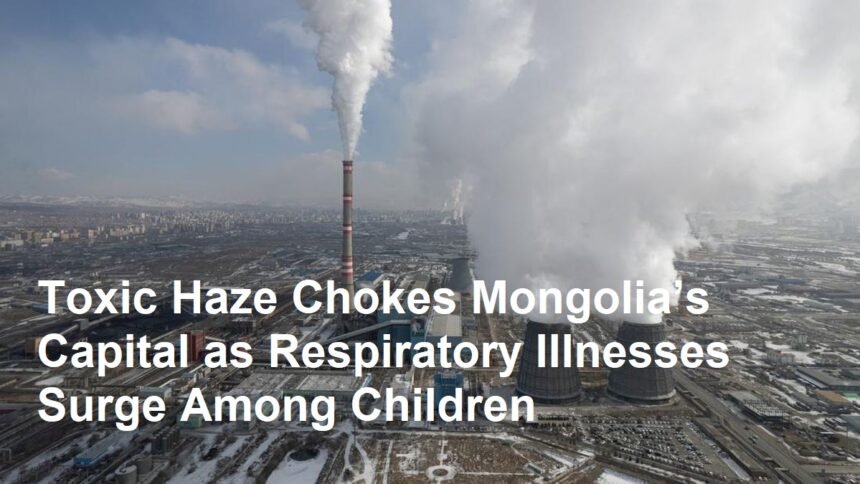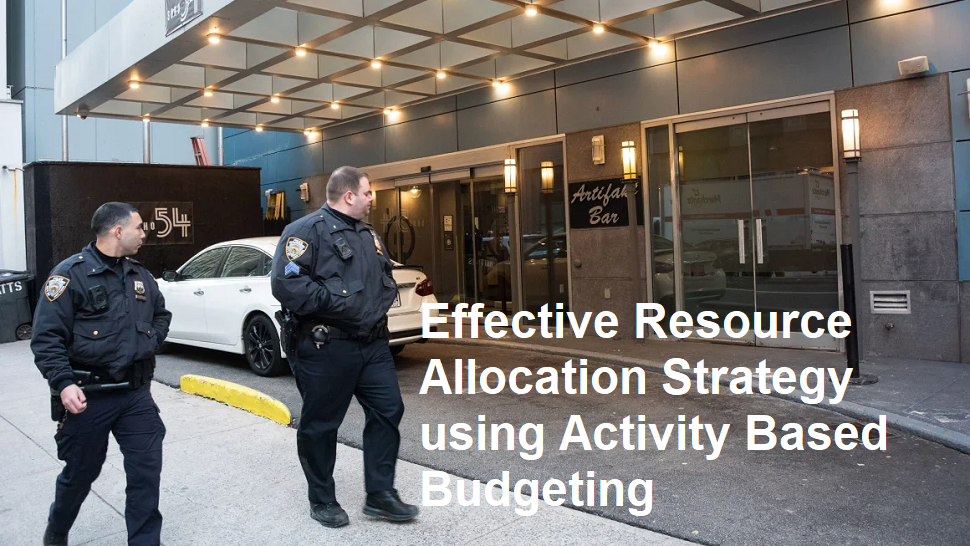ULAANBAATAR, Mongolia – A thick, toxic haze has engulfed Ulaanbaatar, Mongolia’s capital, plunging the city into a public health crisis as cases of respiratory diseases and pneumonia soar, particularly among children. Over the past decade, winter months have consistently brought hazardous air quality to this city of 1.5 million, but recent weeks have seen pollution levels reach alarming new heights, with particulate matter (PM2.5) concentrations exceeding 30 times the World Health Organization’s (WHO) safety guidelines.
A Decade of Deadly Winters
Each year, as temperatures plummet to -30°C (-22°F), residents of Ulaanbaatar’s sprawling ger districts—informal settlements housing 60% of the city’s population—burn raw coal and trash to survive the harsh winters. This practice, coupled with the city’s geography in a valley prone to temperature inversions, traps pollutants close to the ground, creating a lethal smog. According to the National Agency for Meteorology and Environmental Monitoring, PM2.5 levels averaged 1,985 micrograms per cubic meter in January 2023, dwarfing Beijing’s peak readings.
Children Bear the Brunt
The health consequences are dire, especially for children. Pediatric hospitals report overcrowding, with pneumonia now the leading cause of death among children under five in Mongolia. Dr. Bolormaa Lkhagvasuren, a pulmonologist at Ulaanbaatar Central Hospital, notes a 50% annual increase in childhood respiratory cases over the past decade. “Children’s lungs are still developing. Prolonged exposure to this pollution leads to chronic bronchitis, asthma, and stunted organ growth,” she explains.
A 2022 UNICEF study revealed that Ulaanbaatar’s children have 40% less lung function than those in rural areas. For 8-year-old Anar, hospitalized three times this winter, playing outdoors is a distant memory. “He coughs until he vomits,” says his mother, Bayarmaa. “We can’t afford air purifiers, so we burn more coal to keep warm—it’s a vicious cycle.”
Roots of the Crisis
The crisis stems from rapid urbanization and poverty. Since the 1990s, herders displaced by climate change and economic hardship have flocked to Ulaanbaatar, settling in unplanned ger districts without access to central heating. Over 220,000 households rely on coal-burning stoves, emitting 80% of the city’s winter pollution. Despite government subsidies for cleaner “processed coal” briquettes, many families still use cheaper, raw coal or burn tires and plastic for warmth.
Failed Policies and Frustration
In 2019, Mongolia launched the National Program for Reducing Air and Environmental Pollution, banning raw coal and pledging to connect 100,000 households to electricity or central heating by 2023. However, progress has been sluggish. Only 35% of targeted homes have switched to clean energy, hindered by infrastructure delays and costs. A 2021 World Bank report estimates that full electrification of ger districts would cost $1.2 billion—a staggering sum for a nation grappling with debt.
Residents like Enkhtuya, a mother of three, express disillusionment. “The government blames us for burning coal, but what choice do we have?” she says. Meanwhile, Ulaanbaatar’s mayor has intermittently closed schools and banned coal trucks from entering the city, but critics call these measures “band-aid solutions.”
Global Attention, Local Despair
International organizations have stepped in. The Asian Development Bank funded a $100 million project to expand renewable energy, while South Korea donated 10,000 air purifiers to schools. Yet, systemic change remains elusive. “Without addressing poverty and urbanization, pollution will persist,” says environmental activist Dorjdari Namkhaijantsan.
A Generation at Risk
The long-term implications are chilling. A 2023 study in The Lancet linked Mongolia’s air pollution to reduced life expectancy (by 7–10 years) and a 45% rise in lung cancer rates. For children, irreversible lung damage threatens their future productivity, posing an economic time bomb for the nation.
Glimmers of Hope
Some progress is emerging. Solar-powered ger districts and subsidies for electric heaters are piloting in select areas. Startups like “AirLink” distribute low-cost air filters, and grassroots groups advocate for stricter emissions laws. “Change is slow, but awareness is growing,” says climate researcher Tsetsegmaa Tsedendamba.
As Ulaanbaatar’s smog lingers, so does the anguish of its youngest residents. The crisis underscores a global dilemma: balancing survival with sustainability in the face of climate extremes. For Mongolia, the path forward demands urgent investment, innovative policy, and international solidarity. Without it, the city’s children will continue paying the price—one labored breath at a time.












